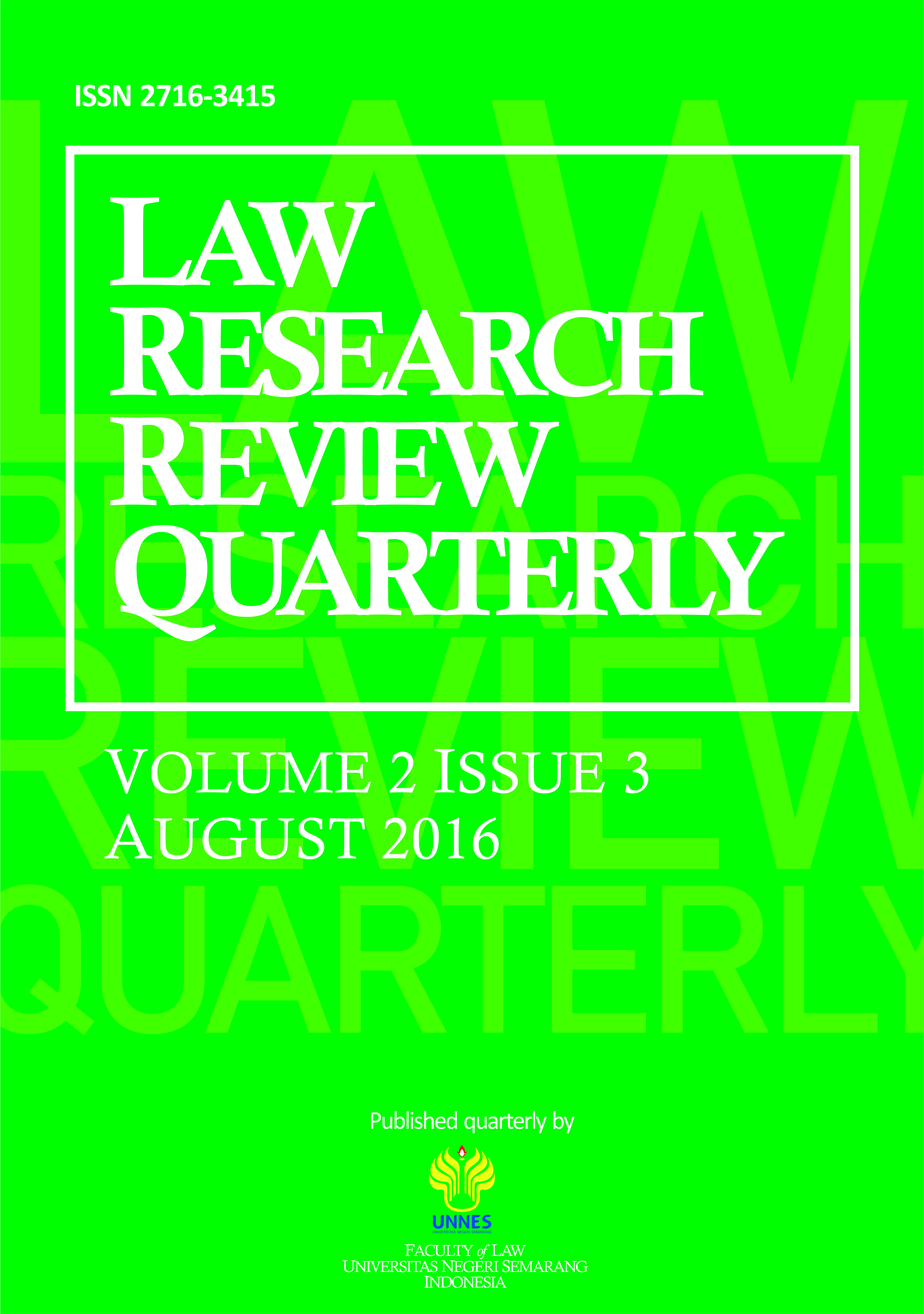Model for Determining Presidential Election Candidates through Political Party Conventions
Main Article Content
Abstract
Actualization of political parties as a vehicle for democracy in the reform era has confirmed political parties as the main pillars to prepare presidential candidates for Indonesia. Presidential and vice presidential candidates are generally determined by the leaders of political parties and the results of a coalition between political parties. The direct participation of constituents as a manifestation of the fourth precepts of Pancasila was constrained by the absence of democratic mechanisms in determining the candidates for president and vice president. As a result, advanced political elites representing parties in the presidential election have low legitimacy. The offer of a solution to realize the absorption of aspirations and active participation of constituents is by democratic candidacy, namely by implementing conventions of political parties. This paper presents an in-depth analysis and critical-ideological study of the opportunities for applying the political party convention model to produce potential presidential and vice presidential candidates, comparative studies with the United States that accommodate the political party convention model and the advantages and disadvantages of candidate determination models through political party conventions . Based on the analysis conducted, this paper offers recommendations for effective practices and procedures in determining presidential and vice presidential candidates through conventions that can summarize the needs and voices of the people regarding candidates to be proposed by political parties to increase the political legitimacy and representation of the party's candidates.
Article Details
All writings published in this journal are personal views of the authors and do not represent the views of this journal and the author's affiliated institutions. Author(s) are retain the copyrights of the Article. However, before publishing, it is required to obtain written confirmation from Author(s) in order to ensure the originality (Author Statement of Originality). The statement is to be signed by at least one of the authors who have obtained the assent of the co-author(s) where applicable.This work licensed under a Creative Commons Attribution-ShareAlike 4.0 International (CC BY-SA 4.0)
